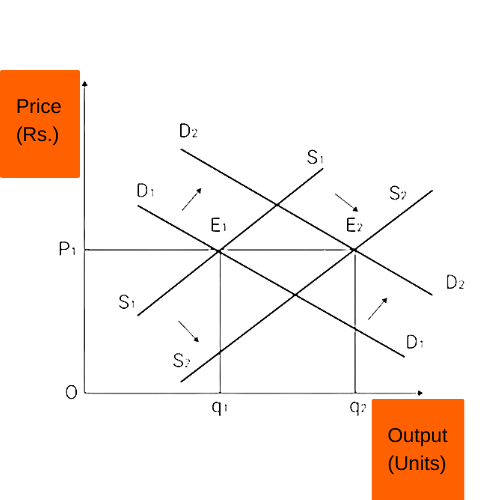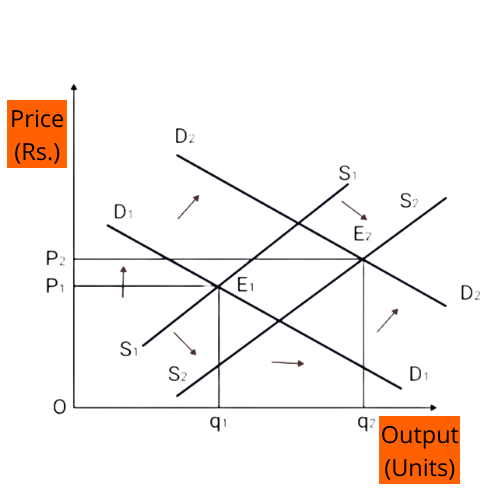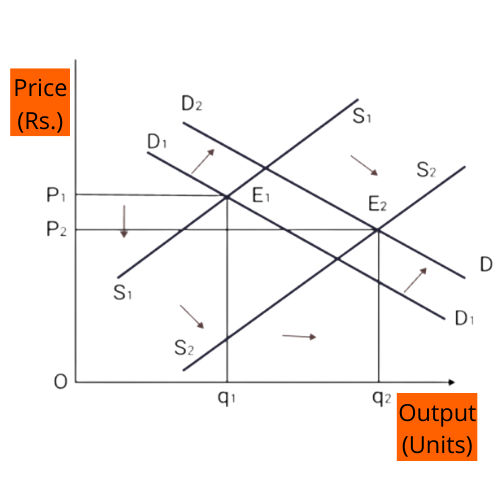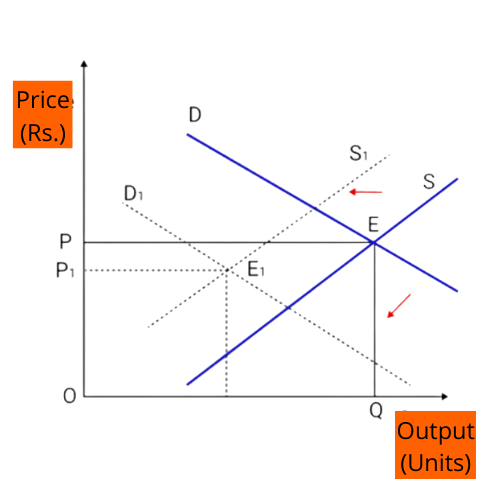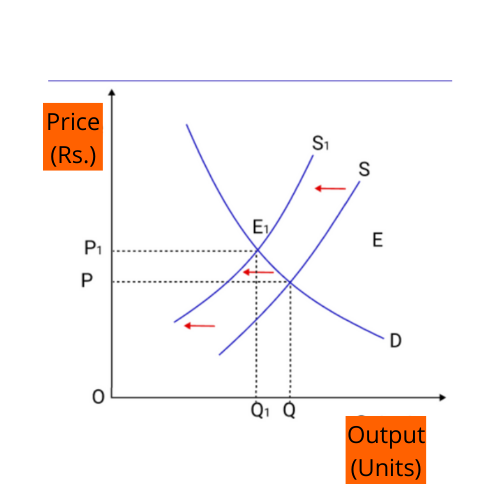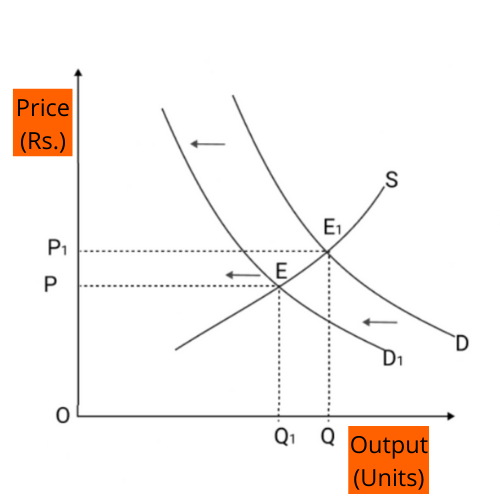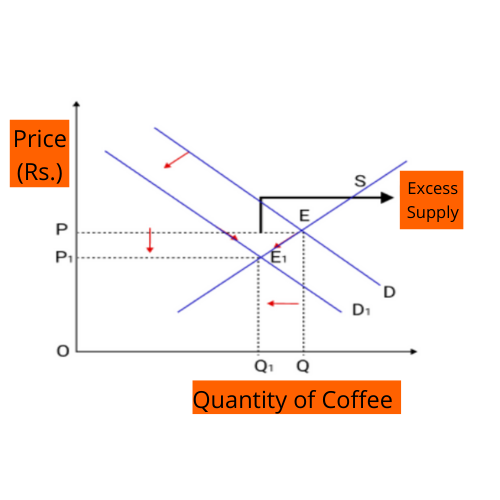CBSE Class 12 Micro Economics Chapter-5 Important Questions - Free PDF Download
FAQs on Important Questions for CBSE Class 12 Micro Economics Chapter 5 - Market Equilibrium
1. What are the factors of market equilibrium?
The market equilibrium is determined by the intersection of the supply and demand curves. The amount required equals the quantity provided at the equilibrium price. Demand and supply work together to determine the price and amount of goods bought and sold in a market. They cover all the factors such as customer preferences, incomes, technical advancements, input costs, climate, and more. Variables that originate inside the market system are known as endogenous variables. Price, the amount supplied, and quantity sought are three of them. For a detailed explanation and Revision Notes for Class 12 Chapter 5 Economics visit Vedantu.
2. How do you solve market equilibrium?
The crucial steps of solving market equilibrium are;
For quantity, use the supply function. To get the supply line algebraically or on a graph, use the supply formula, Qs = x + yP.
For quantity, use the demand function.
In terms of pricing, make the two quantities equal.
Calculate the price of equilibrium.
Follow these steps and also practice different types of problems to properly grasp the concept. Without proper practice, you will tend to forget the concepts and will find it difficult to solve multiple problems.
3. How can you determine market equilibrium under perfect competition?
Equilibrium occurs when supply and demand curves cross. Quantities sought and provided are equal in this case. Quantity equals equilibrium quantity. The equilibrium price actually signifies the market-clearing price. At this stage, the price of a company will be established. Demand will influence equilibrium in the near run. In perfect competition, both supply and demand of a product will impact the equilibrium in the long term.
4. How do I download the Solutions of Class 12 MicroEconomics Chapter 5?
The solutions are easily available on the Vedantu site.
Visit the page NCERT Solutions for Class 12 MicroEconomics Chapter5
The webpage with Vedantu’s Solutions for Class 12 MicroEconomics Chapter 5 will open.
To download this, click on the Download PDF button and you can view the solutions offline.
The experts at Vedantu can also aid you in different topics and can also provide various modules for better learning and practice. Vedantu provides the study material at free of cost on the Vedantu app and on the Vedantu website.
5. Why is market equilibrium important in Class 12?
Equilibrium is of utmost concern while trying to achieve both a balanced and efficient market. There is no reason for a market to shift away from its equilibrium price and quantity because it is balancing the amount provided and the quantity sought. With the demand curve staying constant, an increase or reduction in supply would have an influence on equilibrium price and quantity. Both supply and demand for products may fluctuate at the same time, resulting in a shift in market equilibrium.
























